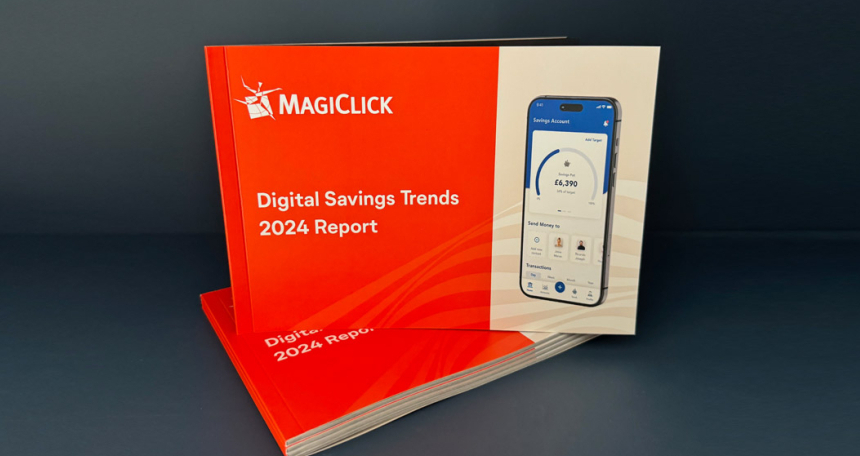
Earlier this year, we commissioned YouGov to survey approximately 2,000 UK adults to assess factors influencing the choice of instant access savings accounts, beyond interest rates. From this research, we have today published a full report which can be requested here and so provide below a summary of our findings.
These findings have revealed that consumers are increasingly demanding intuitive, secure, and seamless digital interfaces for managing their savings. The expectation is clear: they want more control, more accessibility, and more personalised banking experiences at their fingertips.
When it comes to choosing a savings product, for many customers it’s not just about securing the best rate. Customers now have access to a much wider array of savings products and services, including those from new non-bank (or building society) competitors. The rise of app-based banking and a wave of new fintech-competitors has driven an increasing bifurcation in the quality and depth of digital experience on offer between traditional savings product providers and a new wave of digital-native competitors.
This has resulted in very different digital experiences on offer, not just when it comes to the speed and ease of onboarding process (and account funding); but also, the availability of features like automated savings, smart budgeting, insights and a range of new features and services aimed at fostering the savings habit amongst users.
At a top-level the results were clear; quality of digital experience and features on offer is an increasingly important factor when it comes to choosing an instant access savings account provider, and can be a motivating factor to switch providers, particularly for younger users. This, as well as the option to use a mobile app, trumps rate for a significant number of users when choosing a savings account.
The initial experience of onboarding and funding an account is a pivotal moment of truth for customers engaging with a new savings provider. Most savers now expect a seamless, fully digital account opening process. Most users expect they should be able to access their account in minutes, rather than hours or even days in the case of journeys which require verification with codes sent in the post. They also value the convenience of being able to fund their accounts directly through the app, leveraging open banking capabilities, rather than being provided an account number and sort code and needing to add this as a new payee in their source account app.
A considerable segment of users, particularly those aged 25–34 years, place a high value on features and services that facilitate the initiation and cultivation of savings habits. One example of this are savings “pot” features that allow users to set distinct financial targets and allocate funds into designated sub-accounts or ‘pots.’ Each pot can be tailored to represent specific goals, such as saving for a holiday, building an emergency fund, or making a significant purchase. These targeted savings tools empower users to manage their finances more effectively, providing a clear and structured approach to achieving their financial objectives.
Beyond basic savings pots, a growing number of apps now incorporate budgeting and insights features designed to give users a comprehensive understanding of their spending habits. These tools automatically categorise transactions, offering a detailed breakdown of where their money is being spent. By providing this granular view, users can easily identify unnecessary expenditures and find opportunities to cut back, thereby reallocating more funds towards savings goals. Taking this a step further, some providers now offer automated savings features that are designed to help users save money effortlessly by automating the process of regularly setting aside funds, eliminating the need for manual intervention. For instance, the system might automatically transfer a small, manageable amount to the user’s savings account each week, adjusting dynamically based on their spending and income fluctuations.
Another increasingly common feature available is “round-up” functionality, which enhances auto-saving capabilities by maximising the potential for incremental savings. This feature operates by rounding up each transaction to the nearest pound and automatically transferring the difference into the user’s savings account.
Over time, these small contributions accumulate, significantly boosting the user’s savings without requiring any additional effort.
Alongside a growing digital ecosystem of services and features connected with savings, users are increasingly open to choosing accounts not just with new and smaller banks but are increasingly ready to opt for savings accounts from non- traditional providers and platforms too. Coupled with this, there is a nascent, but growing, cohort of users interested in “saving for good”.
As our research has shown, the landscape of savings products is evolving significantly. Ultimately, the future of savings products lies in the ability of providers to offer a seamless, integrated digital experience that not only meets but exceeds the evolving needs and preferences of their customers. Those incumbents that can deliver on these expectations are well-positioned to attract and retain a loyal customer base, fostering long-term financial health and stability for their users.
